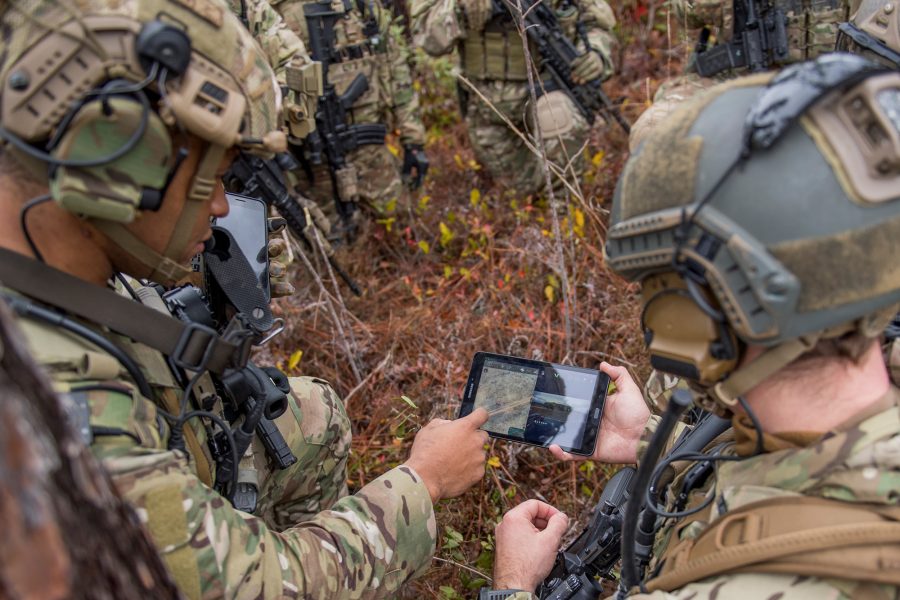The service must continue to evolve its thinking on command and control in order to effectively modernize and prepare for great power conflict, two leading Air Force experts said Feb. 7.
The Air Force’s budget, expected to be released Feb. 10, will include investments in what is now called Joint All-Domain Command and Control, a change in thinking to bring all services and allies into a meshed network to share targeting and information.
This is a “gutsy move” because spending money on command and control isn’t as attention grabbing as buying a new airplane, but it is necessary in order for the U.S. to counter Russia and China, said Thomas Ehrhard, the vice president for defense strategy at the Long Term Strategy Group and a former senior adviser in the Air Force.
Service leaders, especially Chief of Staff Gen. David Goldfein, “put skin in the game” to improve command and control.
“Their defense focus is on attacking allied and blue C2,” he said. “So what the Chief did was respond to that like a responsible and professional military person would do. … Now we don’t know how it’s going to come out. All I’m saying to you is it’s evidence of the positive adaptation that the service needs from its senior leaders to put the Air Force in a place where it can become a more effective competitor.”
While the fiscal 2021 budget is expected to include large investments in this area, the service has already begun experimenting alongside the other services on how it can improve this C2, said Rebecca Grant, the president of IRIS Independent Research and a contributor to Air Force Magazine.
There is a “discussion” that hasn’t played out yet of the service trading force structure for an investment in this digital backbone. While that could bring opposition from some constituencies, this decision would be the “right idea” to improve the mission set, she said.
“Experimentation is absolutely the right course, but we’re hoping to see more clarity from the Air Force on what JADC2 is and what it will produce,” she said.
The service also needs to change its mindset on how it projects power abroad, since the number of U.S. overseas bases has shrunk to the point that “we’re not surrounding anybody,” Grant said. That means the bases that are left will be heavily relied upon, and “we’re an easy target,” she added.
